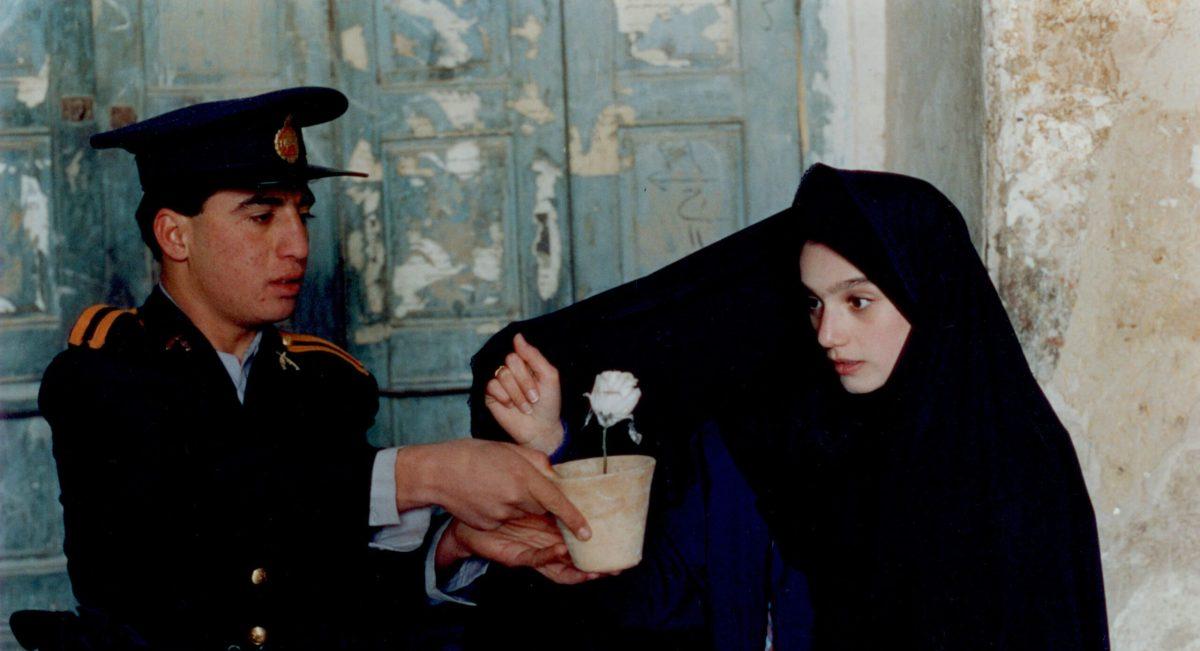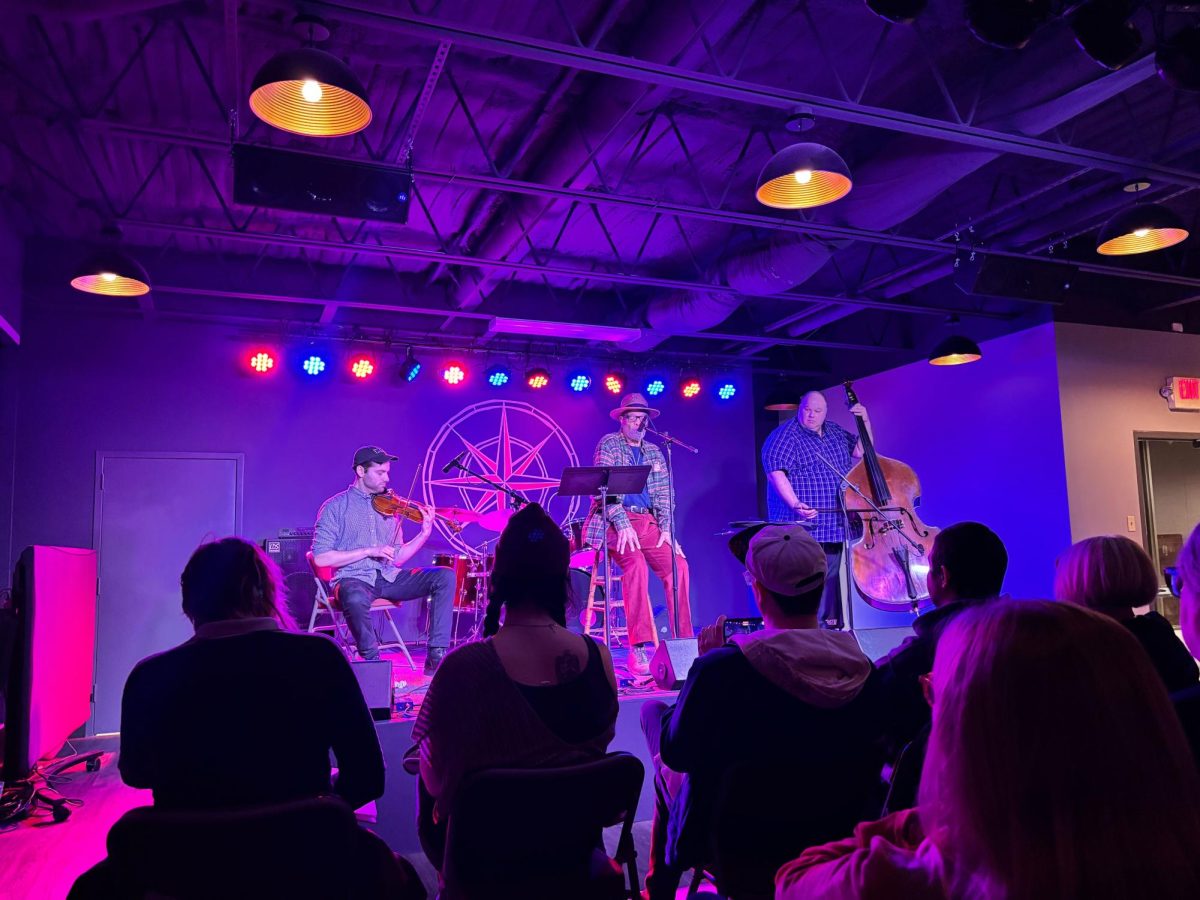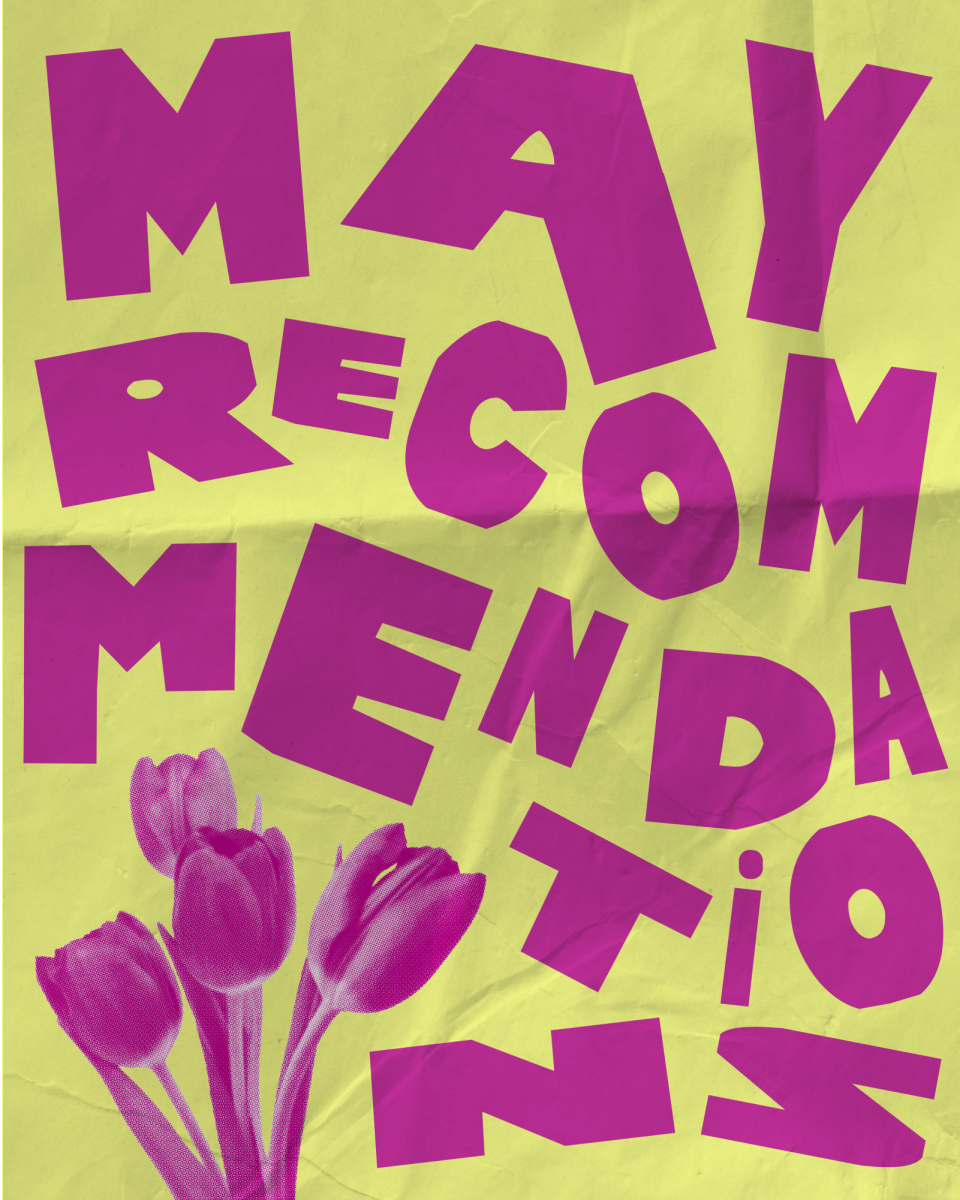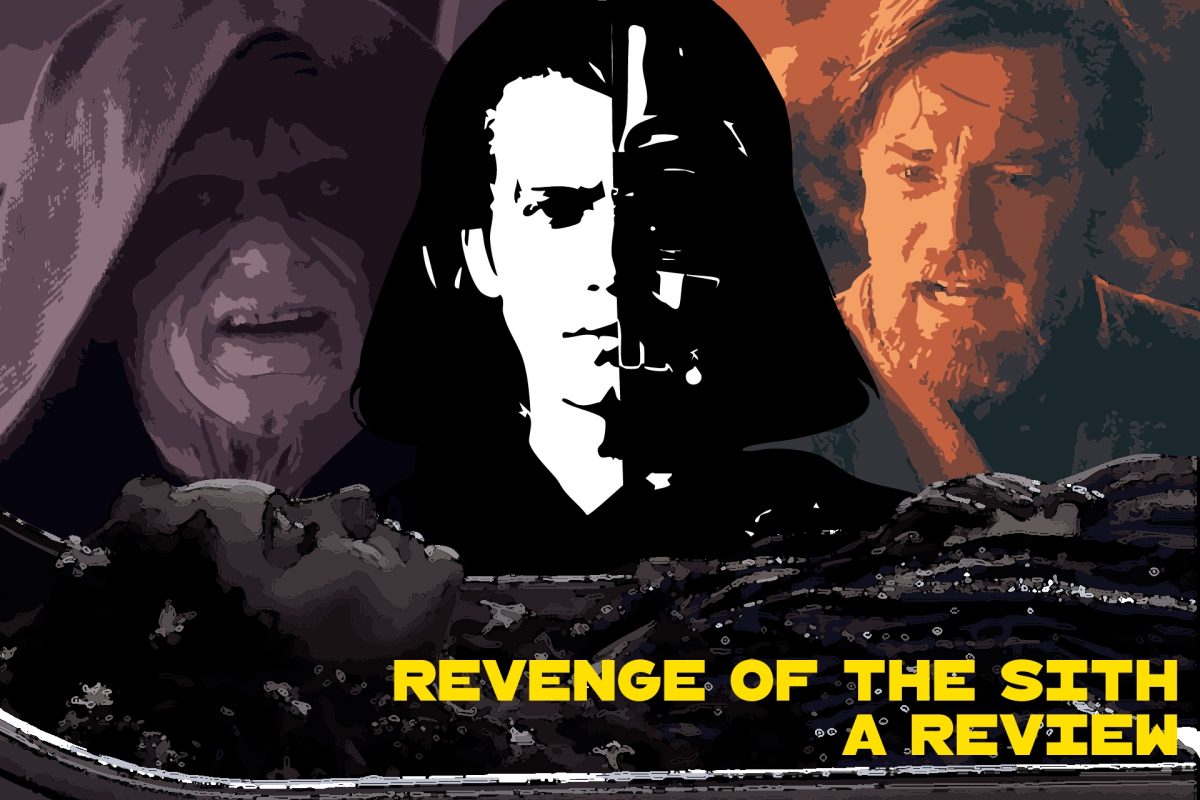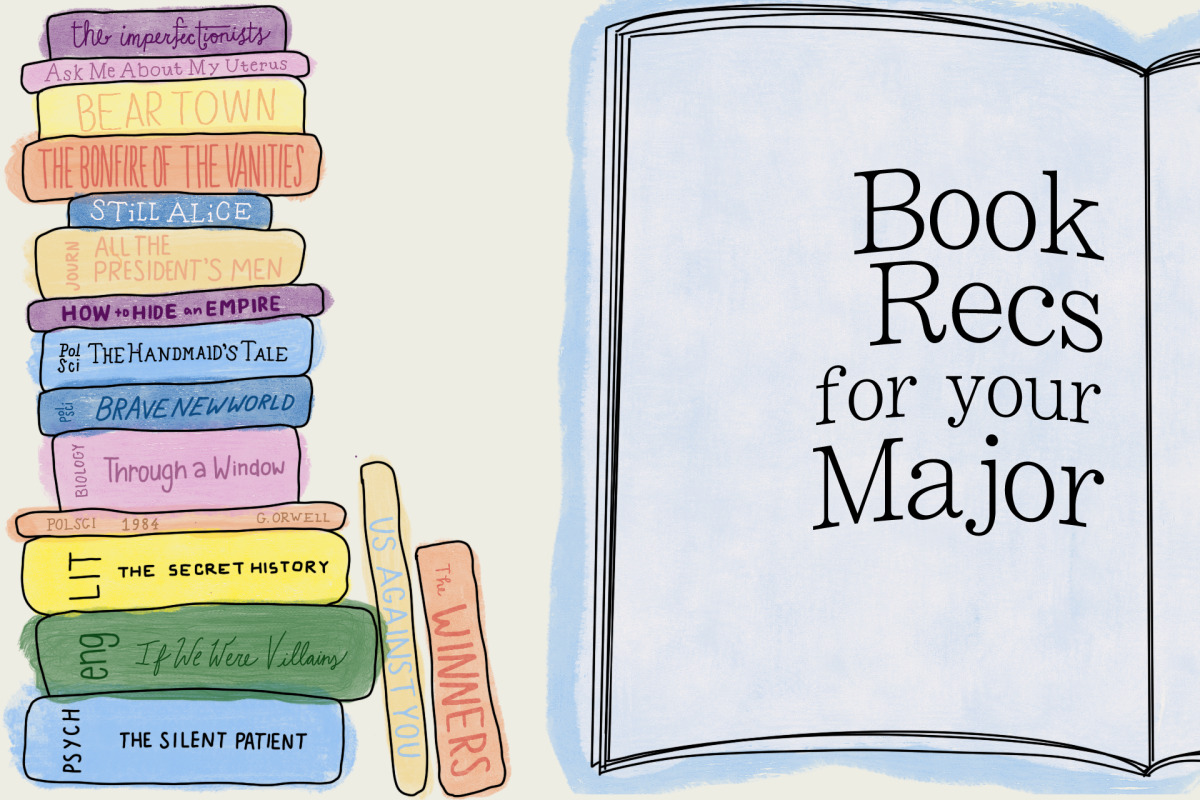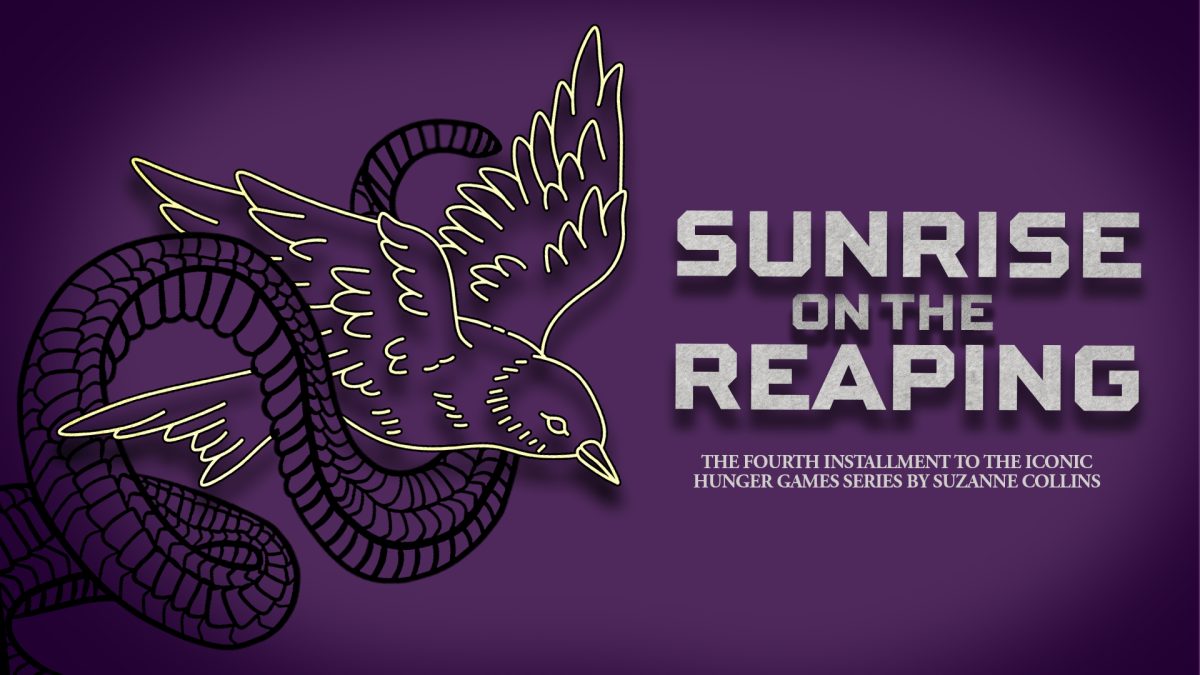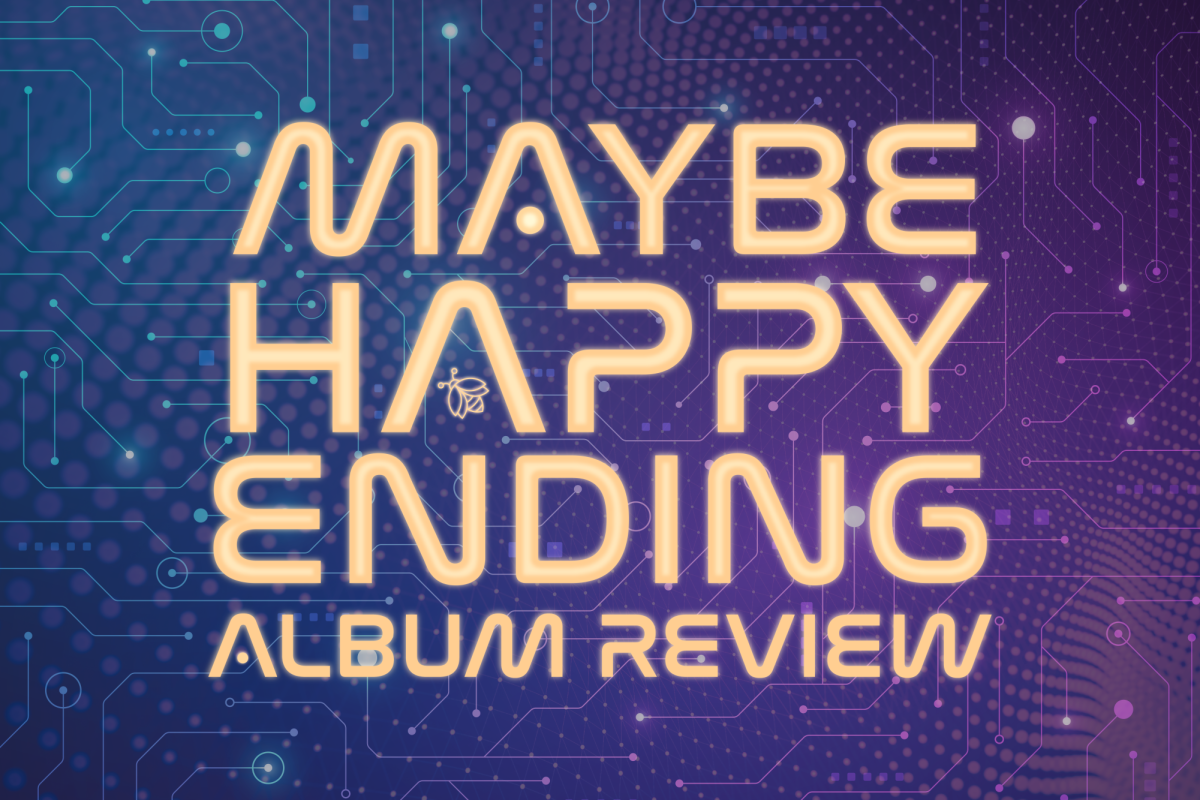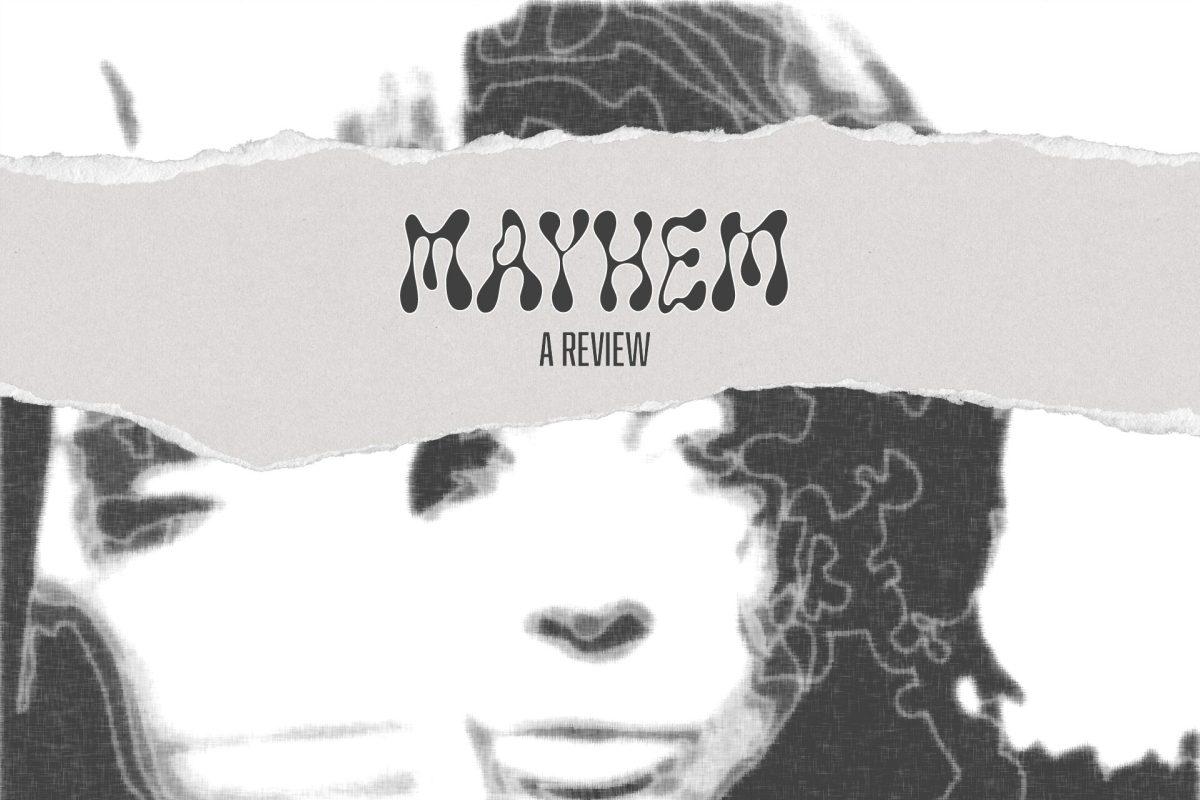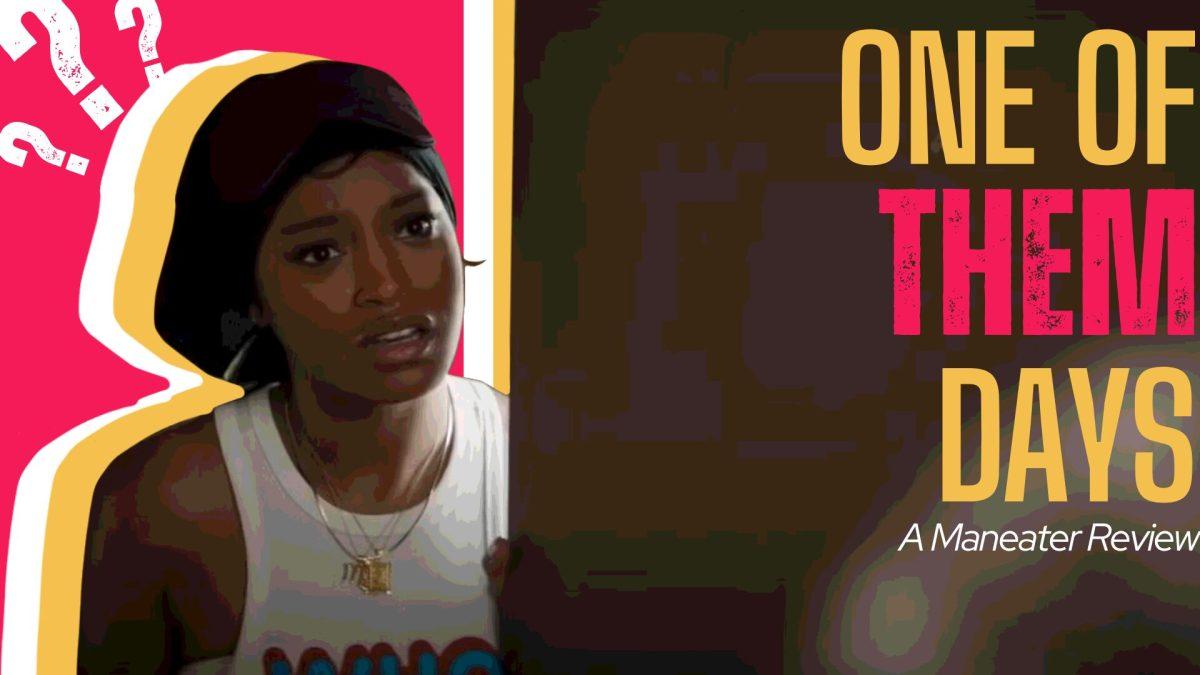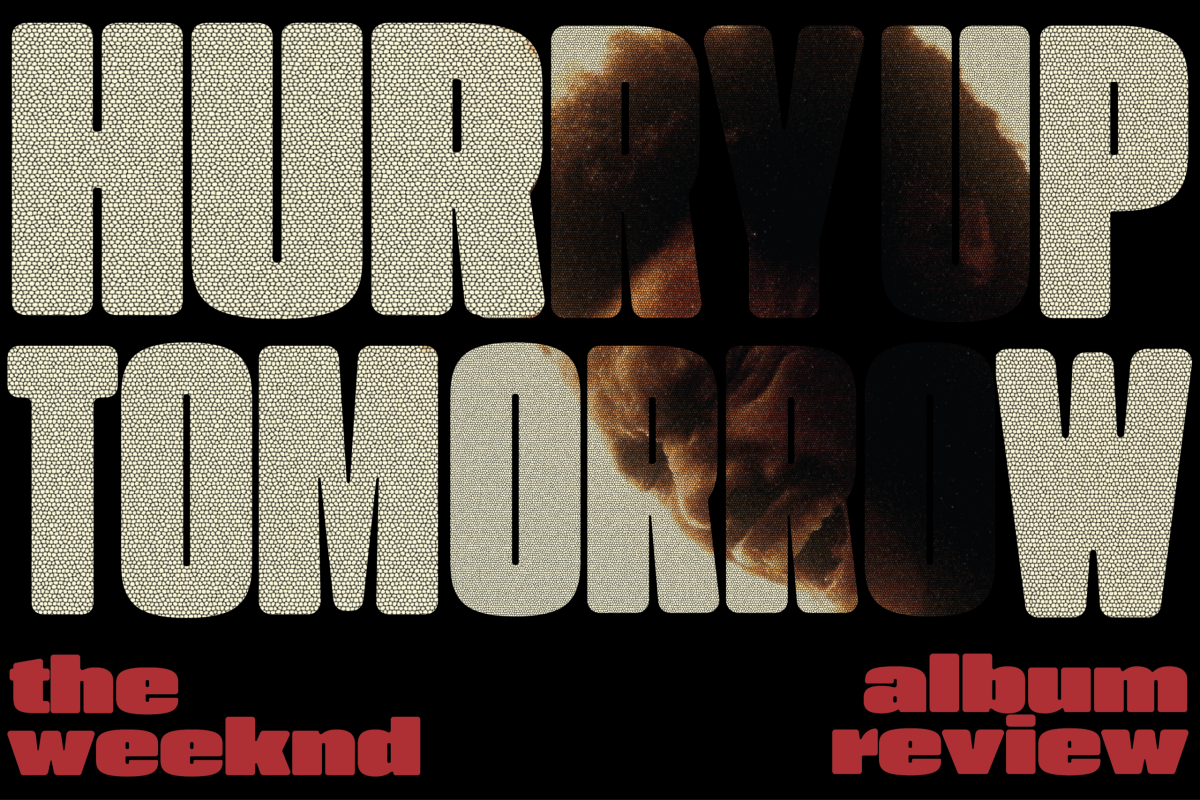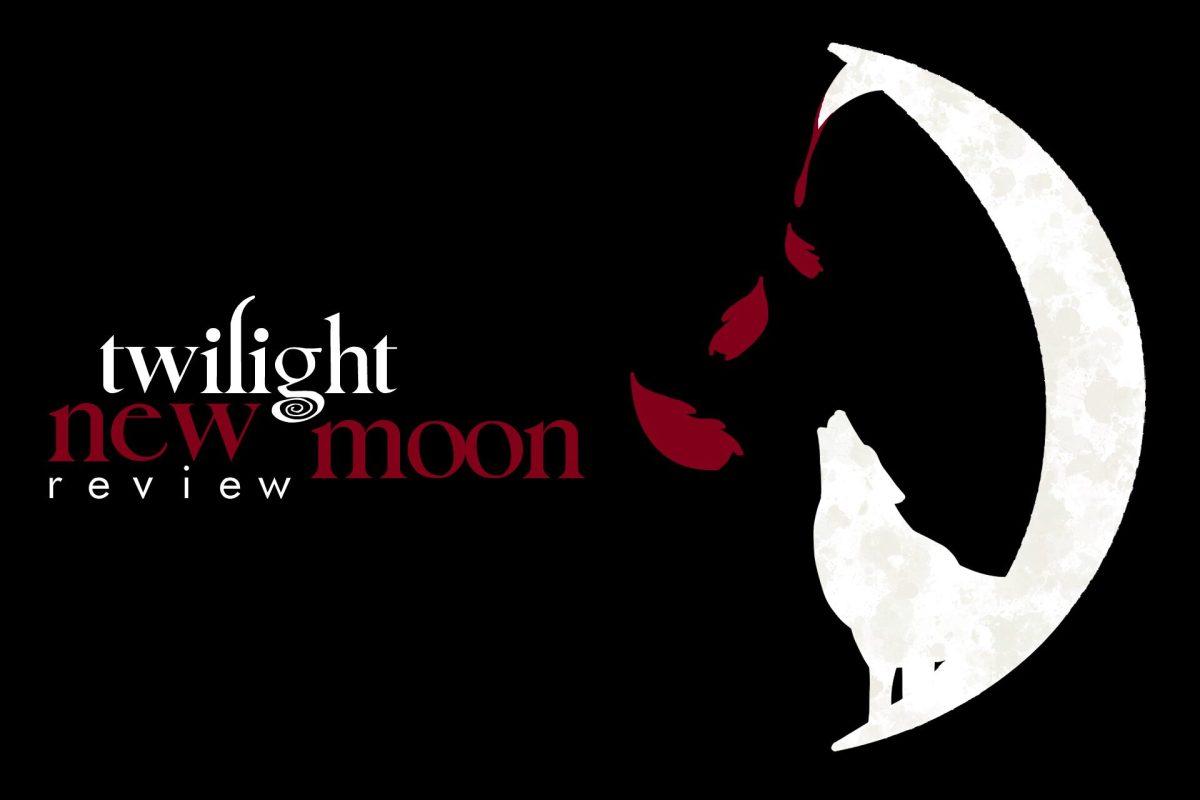With the film’s adults portrayed as static and young actors used as symbols of change, Mohnsen Makmabalf’s “A Moment of Innocence” presents the director’s attempts to make amends with people from his past.
Content Warning: This article contains mentions of physical assault.
Released in 1996, Mohsen Makhmalbaf’s “A Moment of Innocence” is an Iranian film that combines biographical fiction and documentary filmmaking.
Showcased along with dozens of other documentaries at the 2023 True/False Film Fest, the film depicts Makhmalbaf making a movie about an incident where he stabbed a police officer when he was young. Two decades after the incident, the police officer, who is now an actor, joins the director in his endeavor to make a movie about the event. They cast actors to play their younger selves and relive the day of the stabbing and the emotions that came with it.
The film is sometimes presented as a “making-of” compilation. Multiple scenes transition from one scene to the next with shots of clapboards, telling the audience what they are going to see. It isn’t until the film’s conclusion that the viewer gets the perspective of the movie being made. Keeping with conventional documentary filmmaking style, the audience doesn’t see the film’s director often in comparison to the police officer.
There is not a lot of music included in the film, aside from the beginning and a scene in which both young actors think they are going to act out the stabbing scene. Both of those scenes put the audience in the shoes of not only the actors, but what the director and the police officer were feeling that day.
The world-building that takes place in the film was well executed. Through conversations with other characters, the audience learns what life is like for the main characters. Makhmalbaf’s love of film shines through, as almost every person with more than two lines reminisces on it or wants to be involved with moviemaking.
The film also features satisfying symmetrical shots of characters and their cars going down a road, either away from or toward the camera, with the environment reaching out to them. There is a lot of playful banter, primarily between the police officer and his younger counterpart, and visual humor that adds to the characters and fleshes them out more as actual people.
As the audience gets to know the director and the police officer as they take their younger counterparts to places that remind them of their past, it’s clear that after 20 years, both still have not moved on. The police officer is still in love with a girl who used to walk past him every day, still trying to find her and ruminating on why she never came back. The director, on the other hand, is still grappling with his youthful ideals of making the world a better place and, because of his failure when he was younger, now rejects his idealism outright.
The most interesting aspect of “A Moment of Innocence” is that the young actors are the vehicles to show how the adult police officer and director were feeling in decades past. In the film, the older characters describe or tell the actors how they were feeling, but the audience can only see through the young actors why the older characters did what they did 20 years ago. The actors playing the young police officer and young director did fantastic work showcasing their naivety, while also holding a mirror to their older counterparts and their actions.
In the final act of the film, the reenactment of the event, the audience sees the desire for progress that the two young actors have that the older subjects do not. The young actors possess a will to not only change, but do better than those before them. At the crux of this complex film, we see a moment of innocence.
Edited by Savvy Sleevar | ssleevar@themaneater.com
Copy edited by Lauren Courtney

